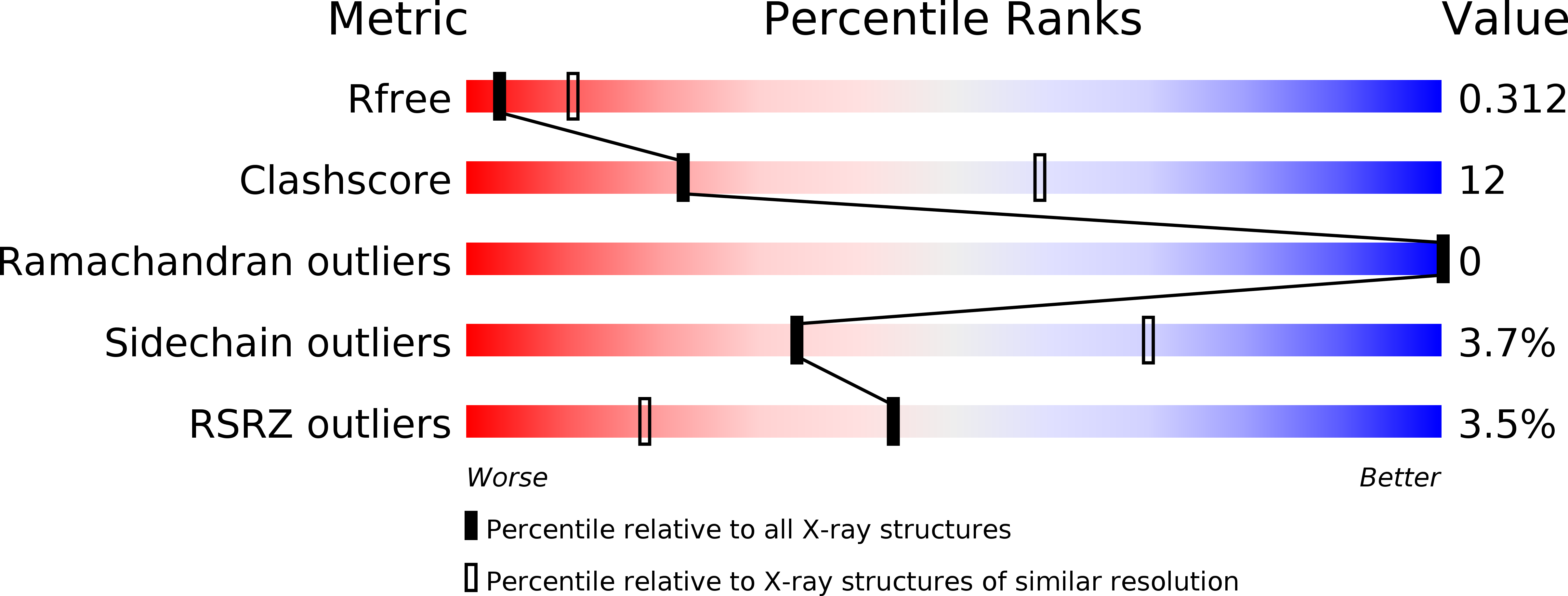
Deposition Date
2016-01-28
Release Date
2016-07-13
Last Version Date
2024-01-10
Method Details:
Experimental Method:
Resolution:
3.00 Å
R-Value Free:
0.31
R-Value Work:
0.28
R-Value Observed:
0.29
Space Group:
F 2 3


